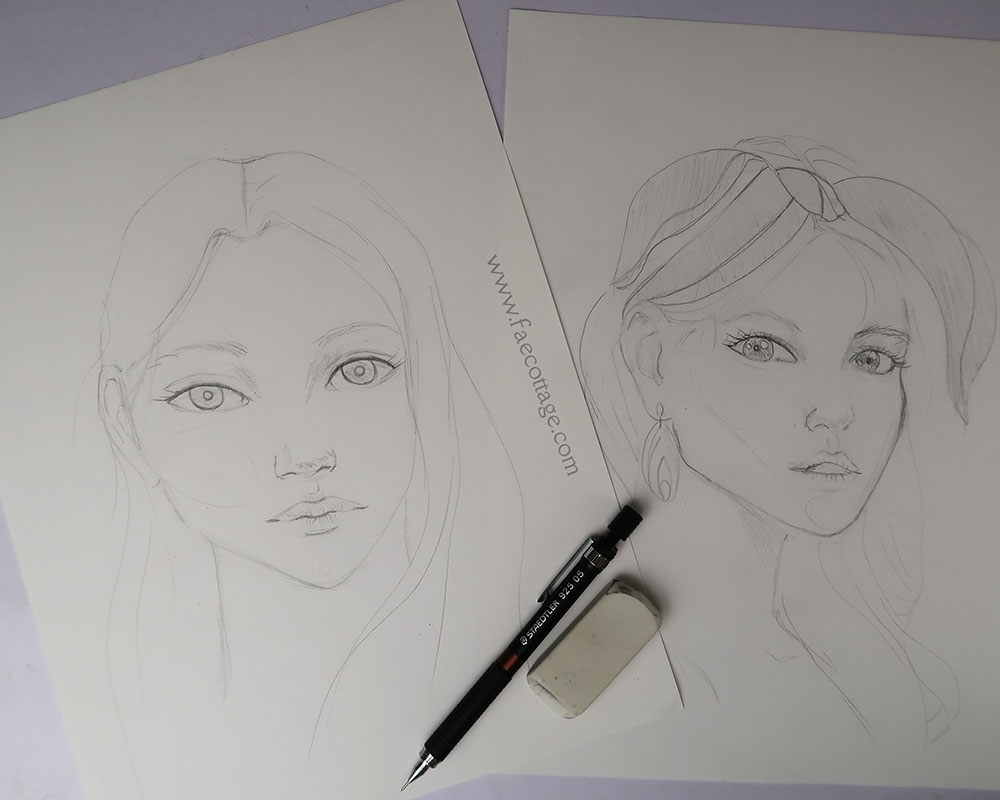
For a long time, there has been a lack of understanding about why some people can figure out the secret rules of realistic drawing, but many of us can’t. We are left longing for this magical skill that the few just seem to pick up so naturally as early as grade school. But here’s the real secret:
According to Betty Edwards, author of the bestselling book, Drawing of the Right Side of the Brain,
“Realistic Drawing is a learnable, teachable skill!“
This is fantastic news for the rest of us who wish to learn realistic drawing, and make beautiful characters!
Even though we didn’t gain the skills we desired in high school or university art classes, which left us more convinced than ever that drawing realistically is a magical skill only a few can master, we now know a contributing factor was the lack of proper instruction and learning how to see as an artist sees.
Can you imagine not taking a cooking class because you don’t know how to cook? But that’s the exact excuse people give for not taking a drawing class! And my college drawing class experience told me they were right. My drawing didn’t get one bit better.
Until I learned how to see.
If you have always wanted to learn to draw, but thought you couldn’t, download my free Drawing Warm-Up Exercise Worksheets to quiet your drawing critic, and allow the creative side of your brain to talk over.They are a great way to make drawing a daily practice!
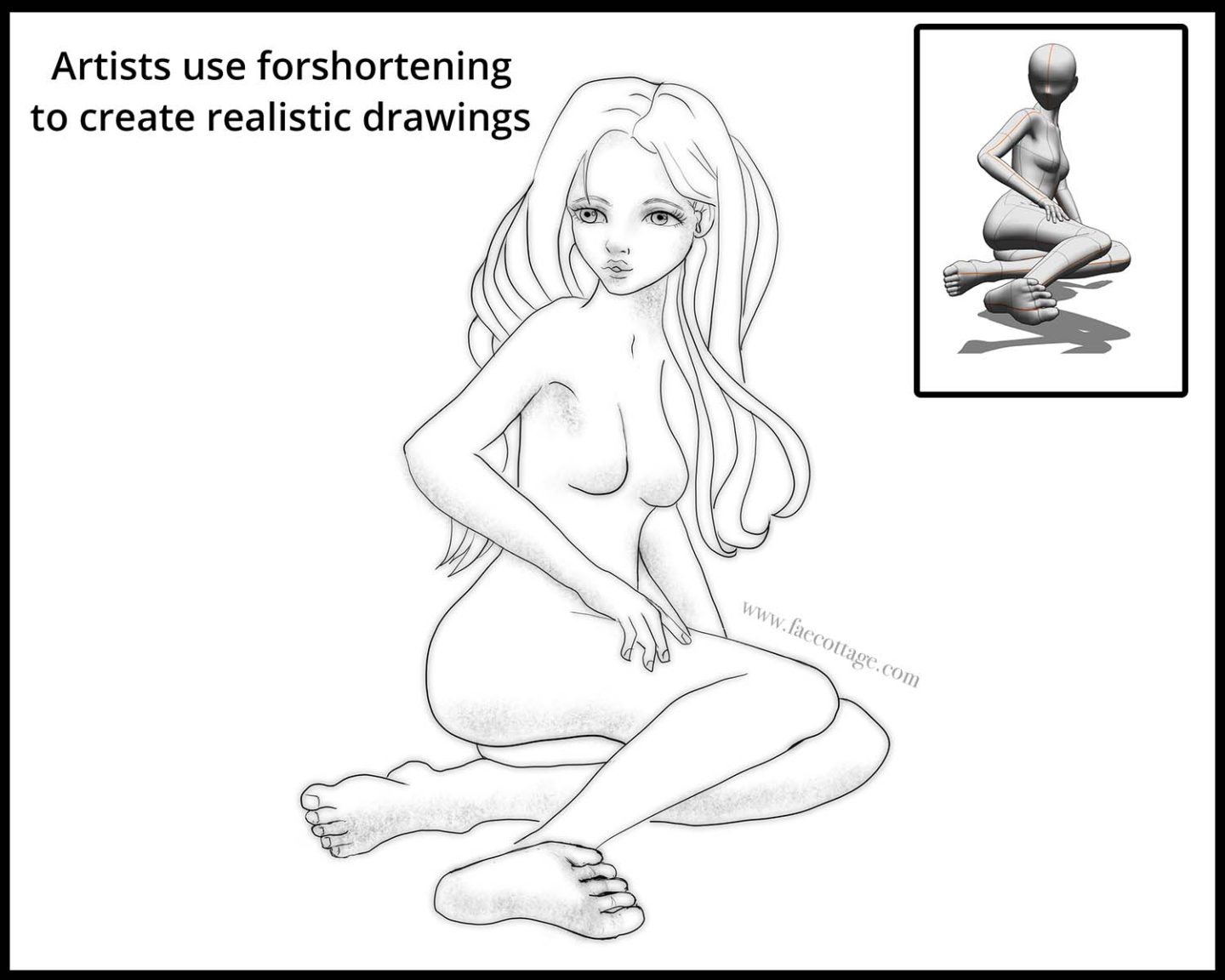
Learning How to Draw is Learning How to See
What does that mean exactly? Well, think about it. When you are drawing something from life, you are putting a 3-dimensional image onto a flat piece of paper. You must create the illusion of depth, because there is no depth on paper.
For example, if you are drawing a figure, and the arm is bent, you need to use foreshortening to create the illusion. Otherwise, it just looks like a short arm.
Or when a road recedes into the distance, everything not only gets smaller, the lines of the road narrow. Objects close up appear larger, and they are also more in focus.
But don’t worry. If you really want to learn to draw realistically, you can train your brain and your eyes to shift into an artists focus. With regular practice, the shift happens easily.
Skill in drawing comes from the eyes + the brain. I remember my grandmother collected greeting cards done by a very talented artist who didn’t have use of her hands. She drew with her feet! It’s the brain that learns to draw, not the hands.
You are Never too Old and It is Never too Late
I put off learning to draw until after my son was born, because I thought it was too late to learn realistic drawing. Even though I started off majoring in art in college, I couldn’t draw as well as I wanted to. And I didn’t think I could improve my drawing either. After all, I’d already taken Drawing 101.
More and more universities and art schools have filled up with professors who do not know how to teach realistic art to students who do not already know how to draw, and unfortunately, I thought, my professor was among them.
Why does realistic drawing create so much fear and anxiety among many of us. After all, we can draw in the privacy of our own homes. We don’t have to show anyone our work if we don’t want to.
It’s our inner critique. We take it with us where ever go. And sometimes it seems like it never shuts up. It compares us to other more experienced artists, it tells us we’ll never be any good, and it’s too late to start anyway.
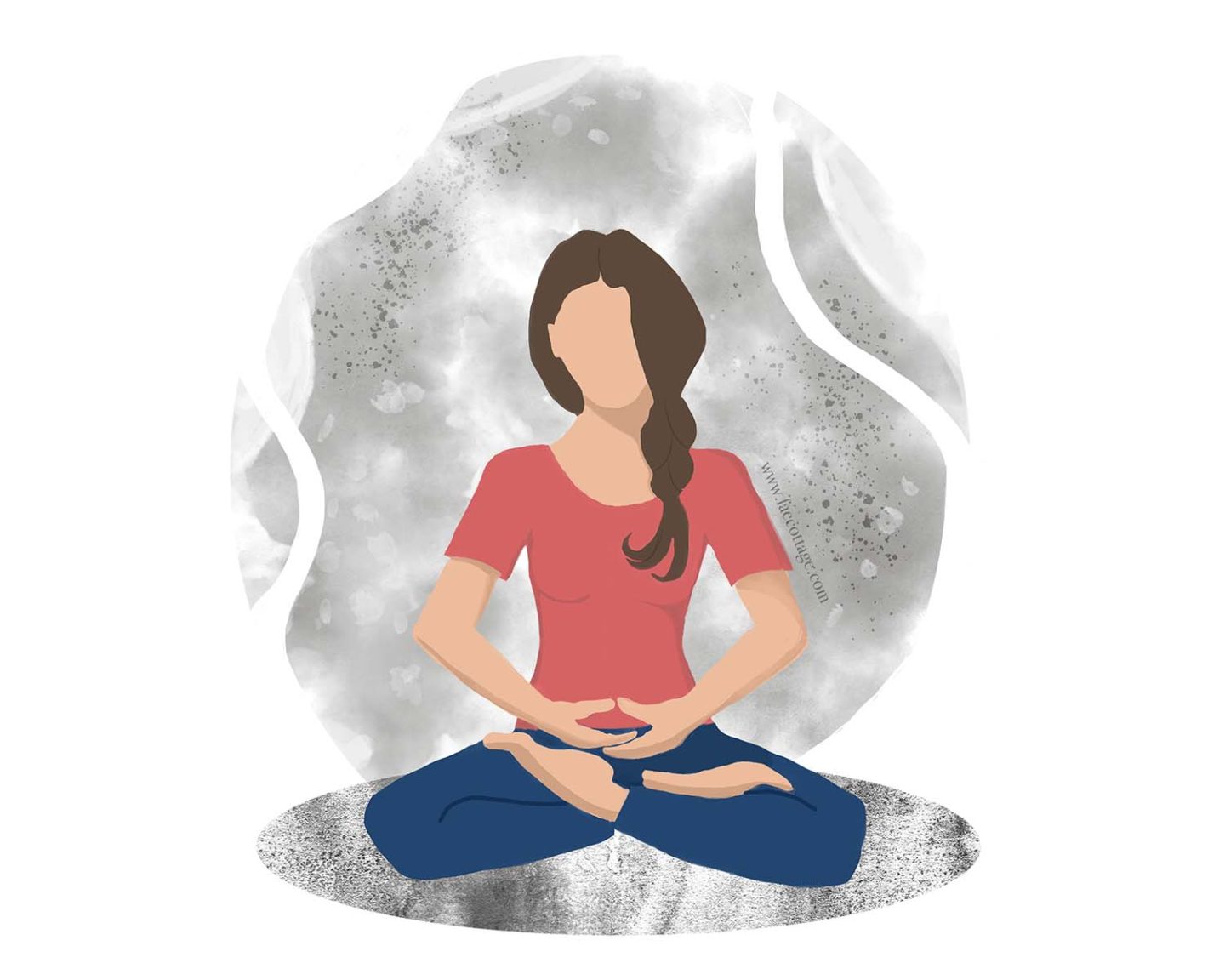
5 Ways to Quiet the Critique
The reason practicing realistic drawing for me is so enjoyable, is at some point my mind becomes really quiet, and I’m unaware of time passing. There are many ways to enter this no-brain state where we are no longer criticizing ourselves or comparing our artwork to others. My personal favorite from this list is number 5.
1. Meditate
2. Watch your thoughts and let them go
3. Yoga and Chi Gong
4. Working in your garden
5. Learning to draw, and shifting into the quiet creative brain mode
So put on your favorite indie/pop/smooth jazz playlist, and join me for some Drawing Warm-Up Exercises to quiet your drawing critic.
Your Right Brain already Knows How to Draw
But shhhh, don’t tell.
See, the left brain wants to stay in control. It wants to load our mind with lots of thoughts and criticism, so that we’ll give up. If there is one book I wish I could have read as a teenager, it’s Betty Edwards classic, “Drawing on the Right Side of the Brain”. That’s the book I used to learn realistic drawing while my son was napping, after thinking for nearly 30 years that I could never learn.
These are the important things I learned about the brain from this book:
- Drawing is comprised of a set of skills, such as different line types, shading, etc.
- Verbal thinking is located in the left brain, visual thinking is in the right
- These are the components of drawing: edges, spaces, relationships, lights and shadows, and gestalt (the whole)
- How to access the right brain, the R-mode and quiet the mind
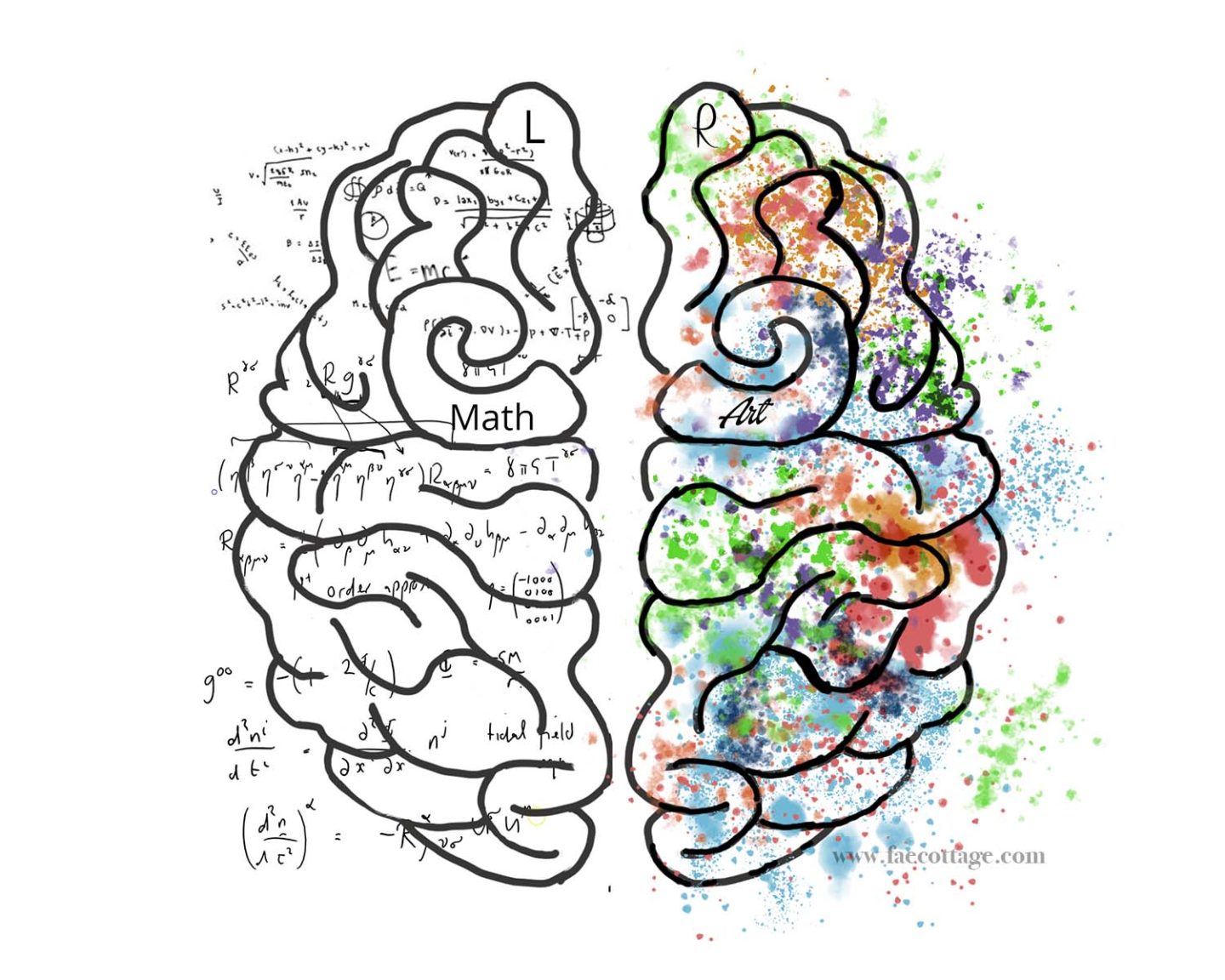
Shift Your Brain into the R-Mode (right brain thinking)
One amazing thing for me that I love about drawing is that after a while, my mind becomes really quiet. I lose all sense of time, and I’m in the moment.
But to get to this phase, I have to go through what some call the bored brain gate. The left brain has to get bored, and fall asleep before we can have that quiet.
When we engage in exercises that the verbal half of the brain finds boring, first it gets really nosy, telling us this is boring, or even criticizing our work, however, if we keep going, after a while, it settles down and seems to go to sleep.
Then we’re in the drawing zone.
During these states, drawing becomes almost meditative, with a feel good sense of oneness, and freedom from worry.
If there is no other reason to learn to draw, then let this be it: because often the universe provides us with the answer we were seeking in other areas of our lives. Why? We stop trying to figure it out.
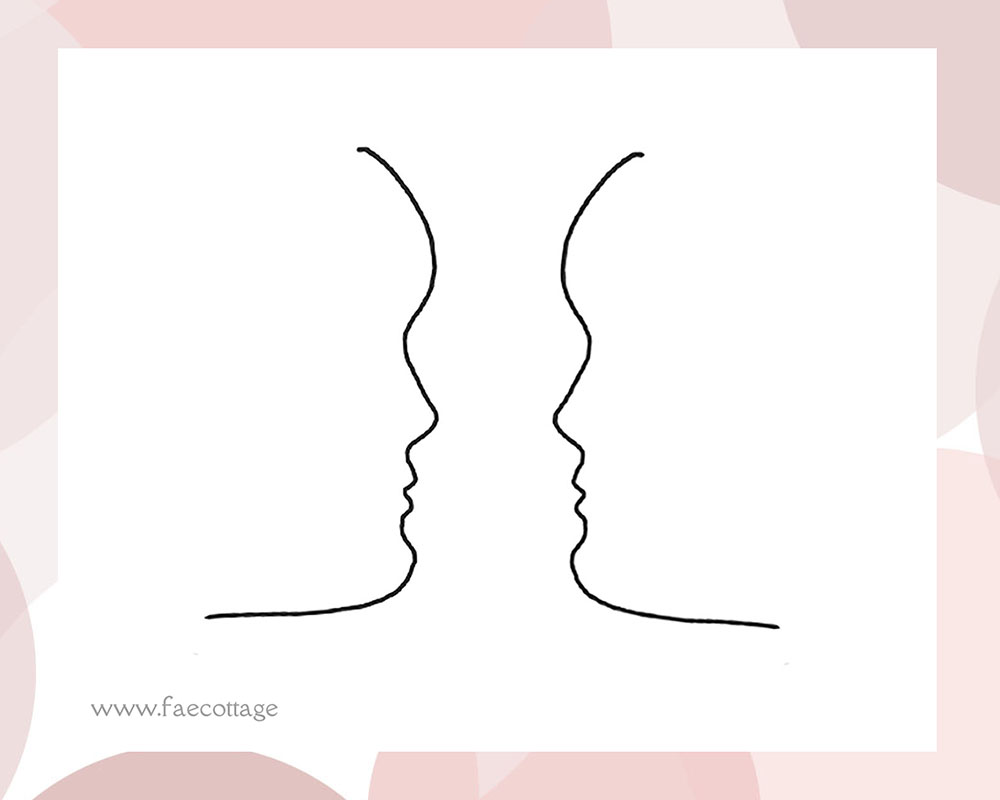
Four Ways to Shift into the Creative Brain Mode
1. The Face Vase Exercise
This is one of the most popular exercises in “Drawing on the Right Side of the Brain”. First you draw the portrait of a face from the side. However, when you draw the opposite side of the face/vase, you are not allowed to name the parts of the face as you draw. Instead, you look at each angle, and try to copy it in reverse. The idea is that your left brain can’t do this, but your right brain can.
2. Realistic Drawing Upside-Down
When we turn an image over, and copy it, and in addition, try not to name the objects we are drawing verbally, it confuses the left brain. Instead of saying to ourselves, this an a nose, this is the upper lip, we notice the angle of the line, the amount of space between the lines. This is a longer exercise, as the book recommends allowing 40 minutes to complete, so it’s a great exercise in shifting into the quiet right brain mode.
3. Drawing With Your Opposite Hand
This is a technique I learned from a portrait drawing class I took. When you try to draw with your non-dominant hand, your attention becomes more focused on the movements of your hand. My teacher claimed that her students who tried this progressed in their drawing stills much faster.
Also, since most people are right handed, when you draw with your left hand, it’s directly connected to the right brain!
4. Practice Drawing Warm-Ups
(Download your free worksheets here.)When my son was in elementary school, he took art lessons at a school based on Drawing with Children by Mona Brookes. This book teaches that there are 5 types of lines, which they practiced at the beginning of each class. I also begin practicing these line types as warmups, along with some other drawing warmup exercises that I rotate, so that I only do warmup practice 5 to 10 minutes before each drawing session.
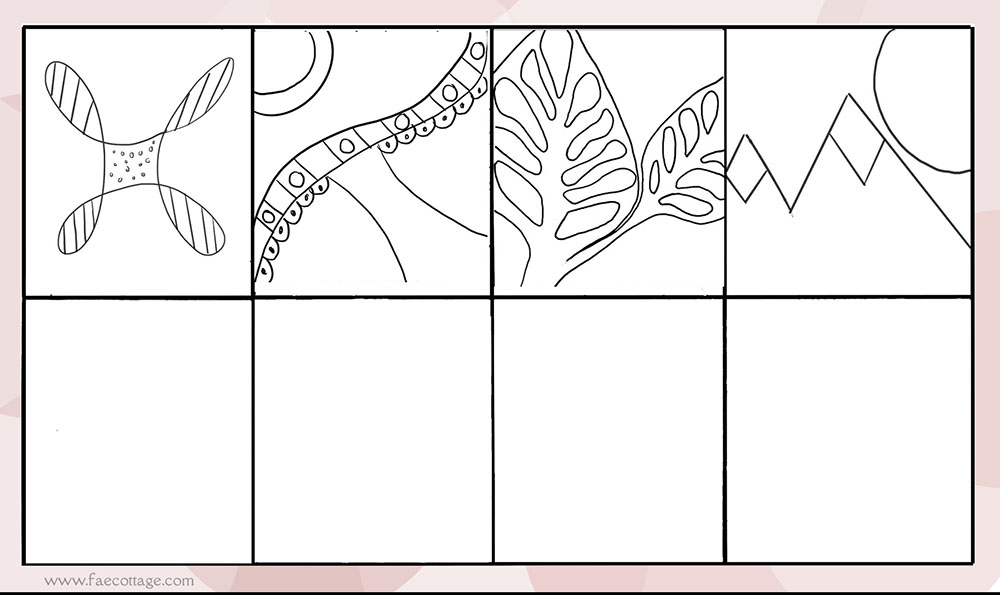
Practice Realistic Drawing Warmups
Most of us wouldn’t run around the track, or start a tennis match before warming up our muscles. These drawing warmups stretches our creativity. They also put us in a more creative positive mind set. To learn more, check out my other post, Why Practice Simple Drawing Warmup Exercises.
Spending just 5 minutes each day practicing warm-ups can dramatically improve your drawings. And the best thing about these quick warm-up exercises is they are so simple to do, and they put your mind in a calm and creative state. You will be ready to tackle any drawing challenge.
Try out these free drawing exercises. You will receive 3 sets of worksheets. They include practicing the 5 lines types common in all drawings, reverse image exercises that are so important in drawing realistic faces, and more! Come join me for an artistic journey. It’s never too late to learn to draw!
